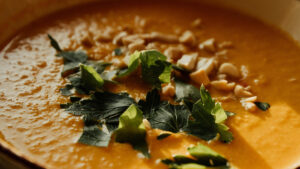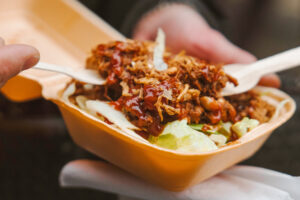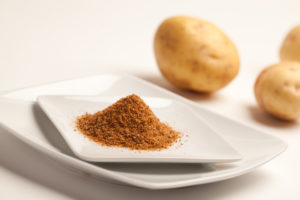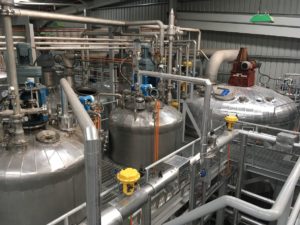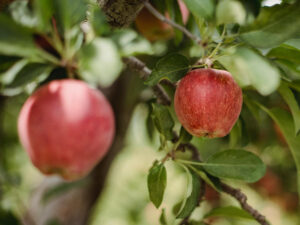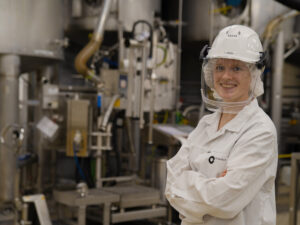Caramel Color: What is it?
Caramel color is the most widely used non-synthetic color in the food and beverage industry. It is created through the controlled heating of sugars from sources such as corn, wheat, and sugar beet and they can range in hue from golden to dark brown.
why are there four classes?
Approved food-grade reactants, such as alkalis, acids, or salts, are used to promote caramelization. Based on the type of reactant that is used, the caramel is divided into one of four different types, or classes. They are: Class I (E150a), Class II (E150b), Class III (E150c), and Class IV (E150d). Each class of caramel color has different specifications on color intensity and hue. And while they are all favored for certain application, caramel color generally has excellent heat, light, and acid stability and works in many different applications.
Class I Caramel Color, E150a
Class I caramel colors, also known as plain caramels, are created by cooking a carbohydrate, typically glucose or sucrose, with acids, bases, or salts – such as citric acid. They generally range in hue from yellow to red-brown and have a slight negative colloidal charge.
While most class I caramel colors are only stable above pH 3.0, some are stable down to pH 2.8. These options do not contain 4-MeI or sulfites and have the highest stability in alcohol compared to the other three classes. They can be used in most applications: from baking to confections to beverages. Recently, demand for class I caramel colors has increased due to consumers looking for products with simpler labels. That’s why innovations in class I’s have focused on creating colors that can reach similar shades or use rates to Class III and IV caramels. Learn more about these advancements here.
Class II Caramel Color, E150b
Class II caramel colors, or spirit caramels, are created by cooking a carbohydrate with the aid of food grade sulfites. The hues can range from very yellow to dark red-brown and most are stable above pH 3.0. Class II caramels have a negative colloidal charge.
Like class I caramels, this class does not contain 4-MeI. They exhibit good stability in alcohol and are most commonly used in cognac, sherry, and brandy, giving them the name “spirit caramels”. Despite their excellent alcohol stability, these caramels are not frequently used because similar results can be obtained with class I’s.
Class III Caramel Color, E150c
Class III caramel colors, also called ‘beer caramels’, are created through the controlled heating of carbohydrate sources with food grade ammonium compounds. The resulting color ranges from a light brown to dark red-brown.
Class III Caramel Colors do not contain sulfites and have a positive colloidal charge in most food applications. They are typically beer stable and salt stable, making them a favorite for brewers looking to standardize dark beers or soy sauce and bouillon manufacturers that require a color that will be stable in a 20% salt solution.
Class IV Caramel Color, E150d
Class IV caramel color is the most widely used and versatile of the caramel colors. It is created by cooking a carbohydrate with food grade ammonium and sulfite compounds. The color ranges from a light brown to deep black-browns. Class IV caramels exhibit a strong negative charge over a wide pH range, making them the most versatile caramel colors. They are widely used in the soft drink industry due to their low dosage requirements and acid stability. We offer a wide variety of class IV options, including single-strength, double-strength, and low 4-MEI. Because this class of color contains 4-MEI, some organizations have called into question the safety of caramel color. Learn more about the safety of caramel color and new innovations here.
Ready to try it? Request a sample here.
Interested in learning more about caramel colors? Check out these resources:

